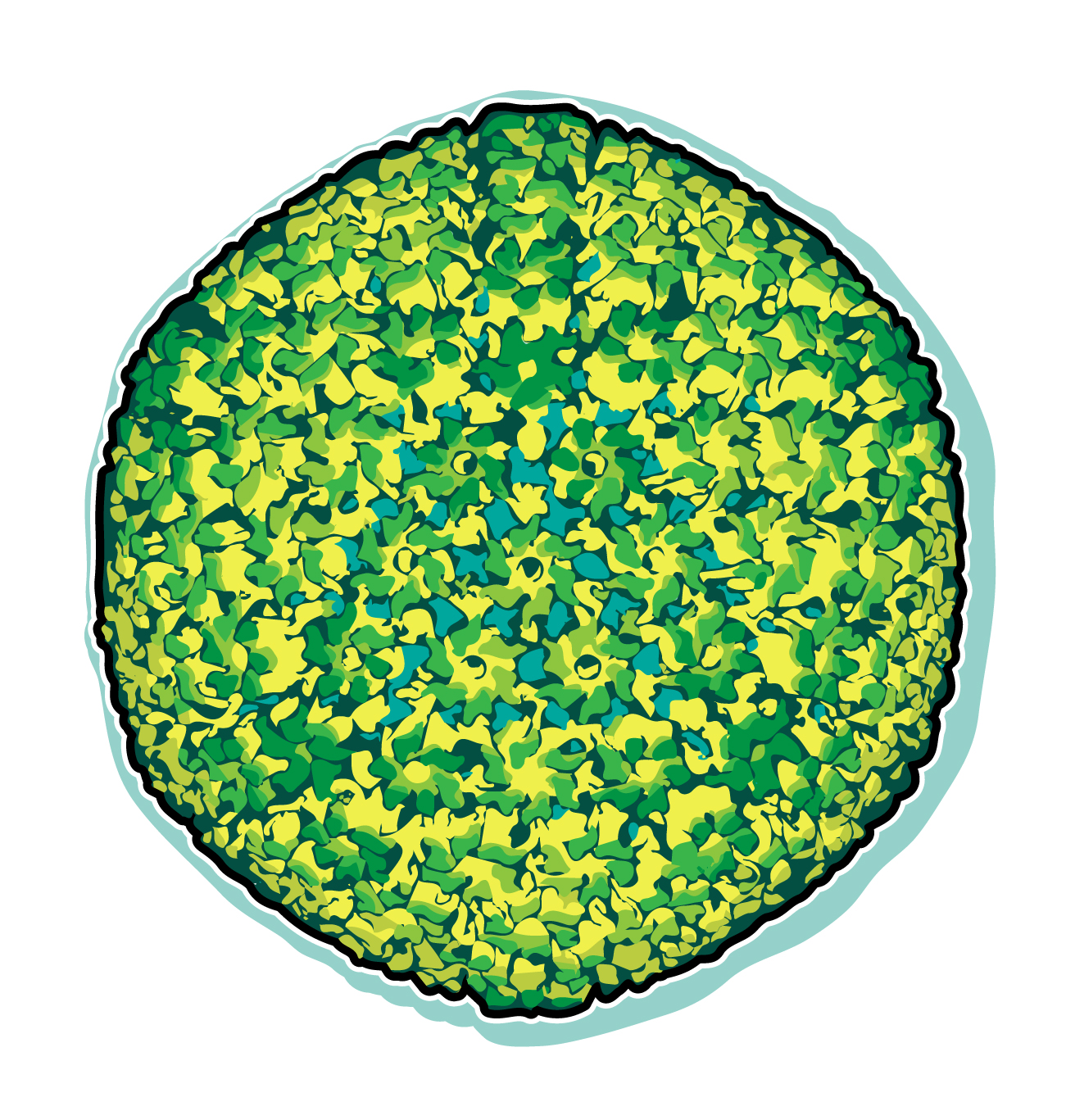Abstract
This data set is from a study of 64 consecutive patients who underwent T-cell replete, matched sibling donor reduced-intensity conditioning allogeneic hematopoietic stem cell transplant. The primary risk factor of interest was the number of activating killer immunoglobulin-like receptors (aKIRs: 1-4 vs. 5-6). A number of demographic, baseline and transplant characteristics were also collected. The primary outcome is presence of and time to cytomegalovirus (CMV) reactivation. The dataset is cleaned and relatively complete. There are no outliers or data problems. These are data from a study by Sobecks et al. “Cytomegalovirus Reactivation After Matched Sibling Donor Reduced-Intensity Conditioning Allogeneic Hematopoietic Stem Cell Transplant Correlates With Donor Killer Immunoglobulin-like Receptor Genotype”. Exp Clin Transplant 2011; 1: 7-13.
| Study Design | Topic | Statistical Method | Statistical Method | Statistical Method |
|---|---|---|---|---|
| Retrospective Cohort | Stem Cell Transplant | Logistic Regression | Survival Analysis | – |
Contributor
The cytomegalovirus dataset was contributed by Dr. Amy Nowacki, Associate Professor, Cleveland Clinic. Please refer to this resource as: Amy S. Nowacki, “Cytomegalovirus Dataset”, TSHS Resources Portal (2017). Available at https://www.causeweb.org/tshs/cytomegalovirus/.
Background
Hematopoietic stem cell transplantation (HSCT) is the transplantation of multipotent hematopoietic stem cells, from bone marrow, peripheral blood, or umbilical cord blood. It is a medical procedure most often performed for patients with certain cancers of the blood or bone marrow, such as multiple myeloma or leukemia. Allogeneic HSCT involves two people: the (healthy) donor and the (patient) recipient. Allogeneic HSC donors must have a tissue (HLA) type that matches the recipient. In myeloablative allogeneic HSCT, chemotherapy or irradiation is given immediately prior to a transplant (the conditioning regimen) with the purpose of eradicating the patient’s disease prior to the infusion of HSC and to suppress immune reactions. The bone marrow can be ablated (destroyed) with dose-levels that cause minimal injury to other tissues. For many patients who are at high risk for transplant-related mortality with myeloablative allogeneic HSCT, reduced-intensity conditioning allogeneic hematopoietic stem cell transplant has proven effective. Although the reduced-intensity conditioning allogeneic HSCT may avoid many of the organ toxicities associated with myeloablative conditioning, the risk for developing graft-versus-host disease and infection including cytomegalovirus remains significant.
Cytomegalovirus (CMV) is a common virus that can infect almost anyone. Once infected, your body retains the virus for life. Most people don’t know they have CMV because it rarely causes problems in healthy people. But if pregnant or having a weakened immune system, CMV is cause for concern. For people with compromised immunity, such as after allogeneic HSCT, CMV infection can be fatal. Natural killer (NK) and T cells provide protection against CMV reactivation. The reactivity of NK cells and some T-cell subsets are regulated by the interaction of killer immunoglobulin-like receptors (KIRs) with target cell HLA class 1 molecules. The donor activating KIR genotype has been implicated as a contributing factor for CMV reactivation after myeloablative allogeneic HSCT.
Objective
This study investigates whether donor KIR genotype influences reactivation of cytomegalovirus (CMV) after T-cell replete, matched sibling donor reduced-intensity conditioning allogeneic HSCT.
Subjects & Variables
| Subject | # Object | # Var | Introduction | Data Dictionary |
|---|---|---|---|---|
| Cytomegalovirus | 64 | 26 | Cytomegalovirus-Introduction | Cytomegalovirus Data Dictionary |
Data Downloads
| Posting Date | Contributor (email) |
|---|---|
| 7/12/17 | Amy Nowacki (nowacka@ccf.org) |
| R | SAS | STATA | SPSS | Minitab | Excel |
|---|---|---|---|---|---|
| Cytomegalovirus-R | Cytomegalovirus-SAS | Cytomegalovirus-Stata | Cytomegalovirus-SPSS | Cytomegalovirus-Minitab | Cytomegalovirus-Excel |
Teaching Resources
last updated on 7/12/2017
| # | Name (link) | Posting Date | Author (email) | Type | Statistical Topic | Level | Keywords |
|---|---|---|---|---|---|---|---|
| – | – | – | – | – | – | – | – |

